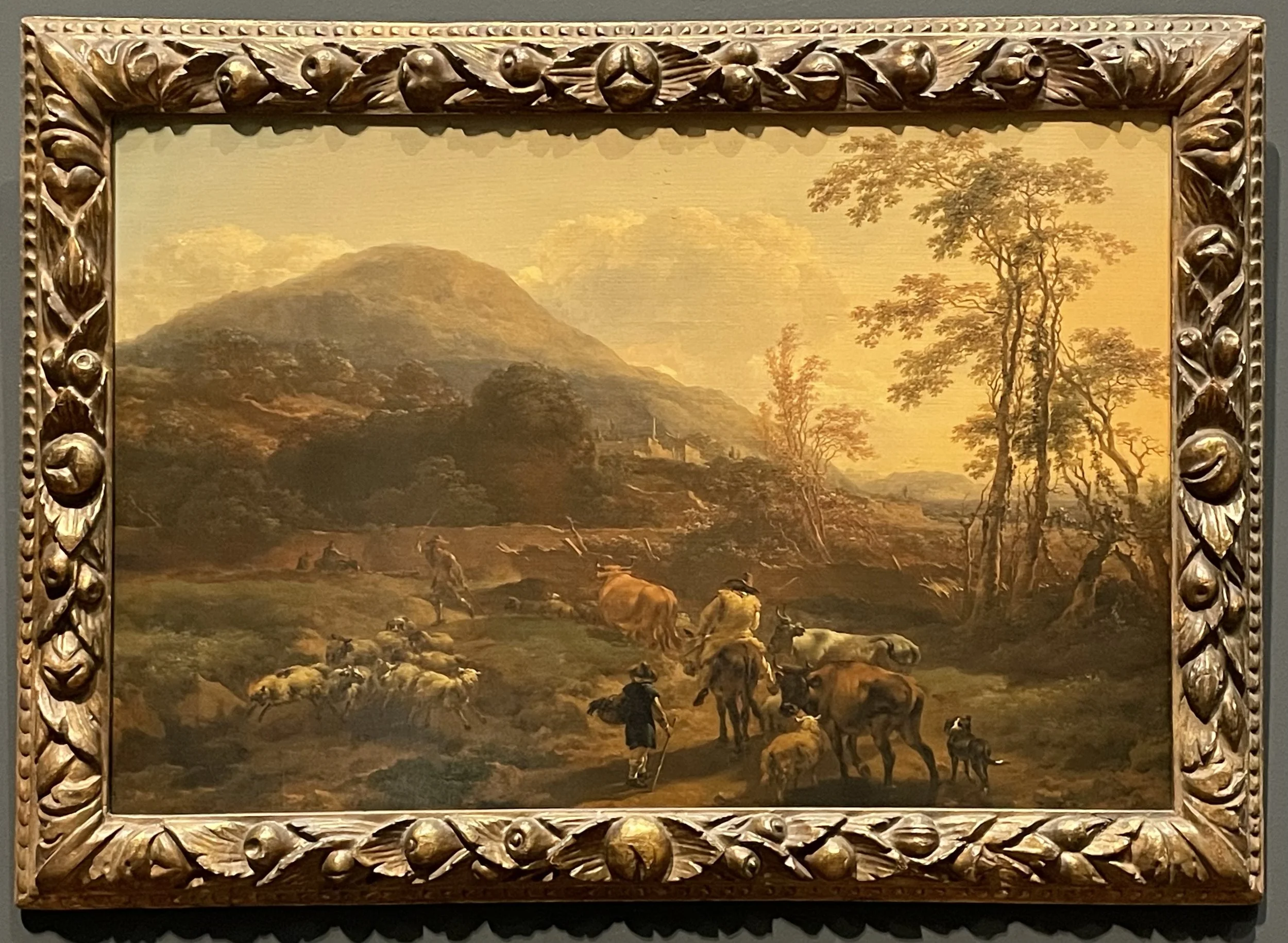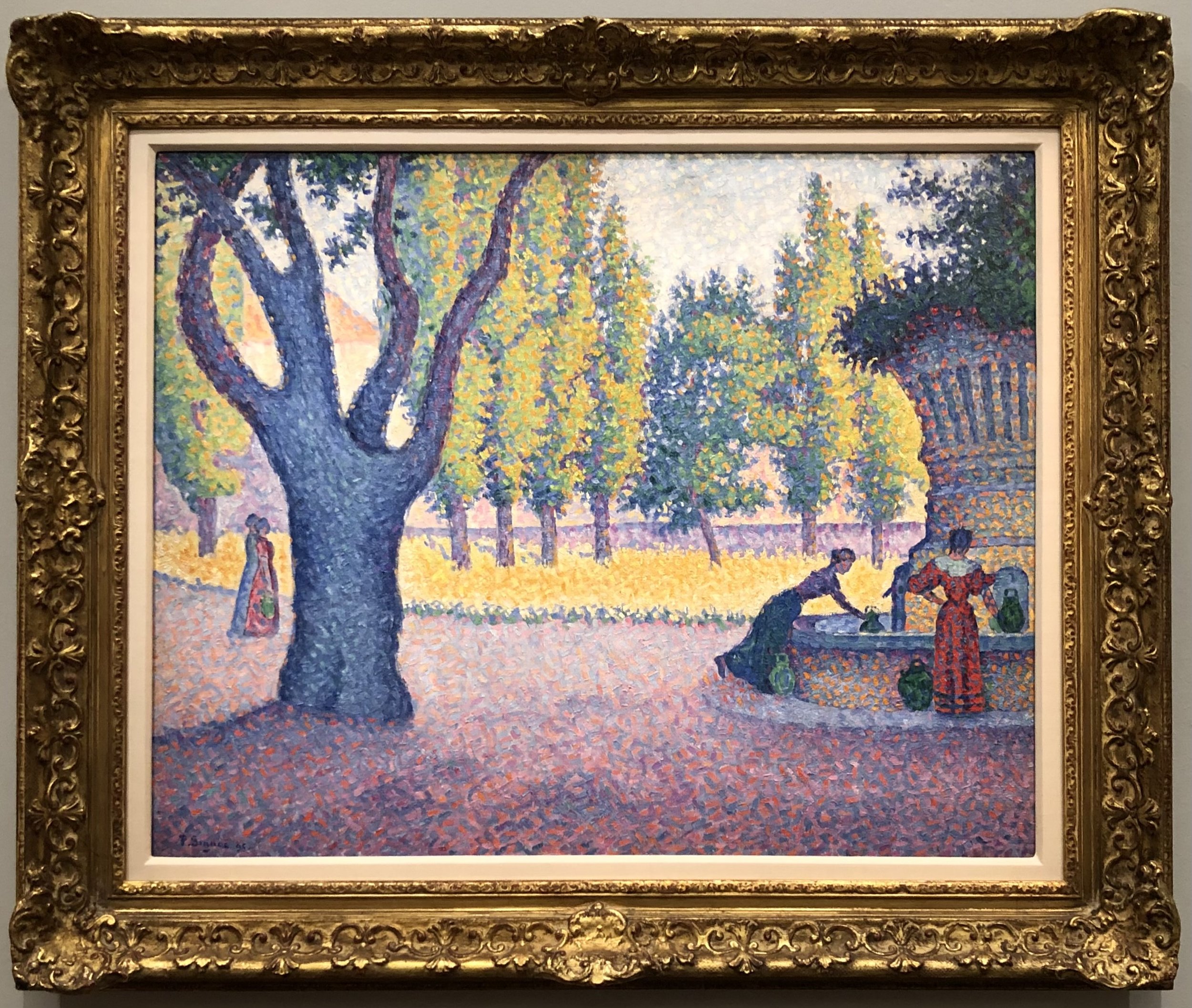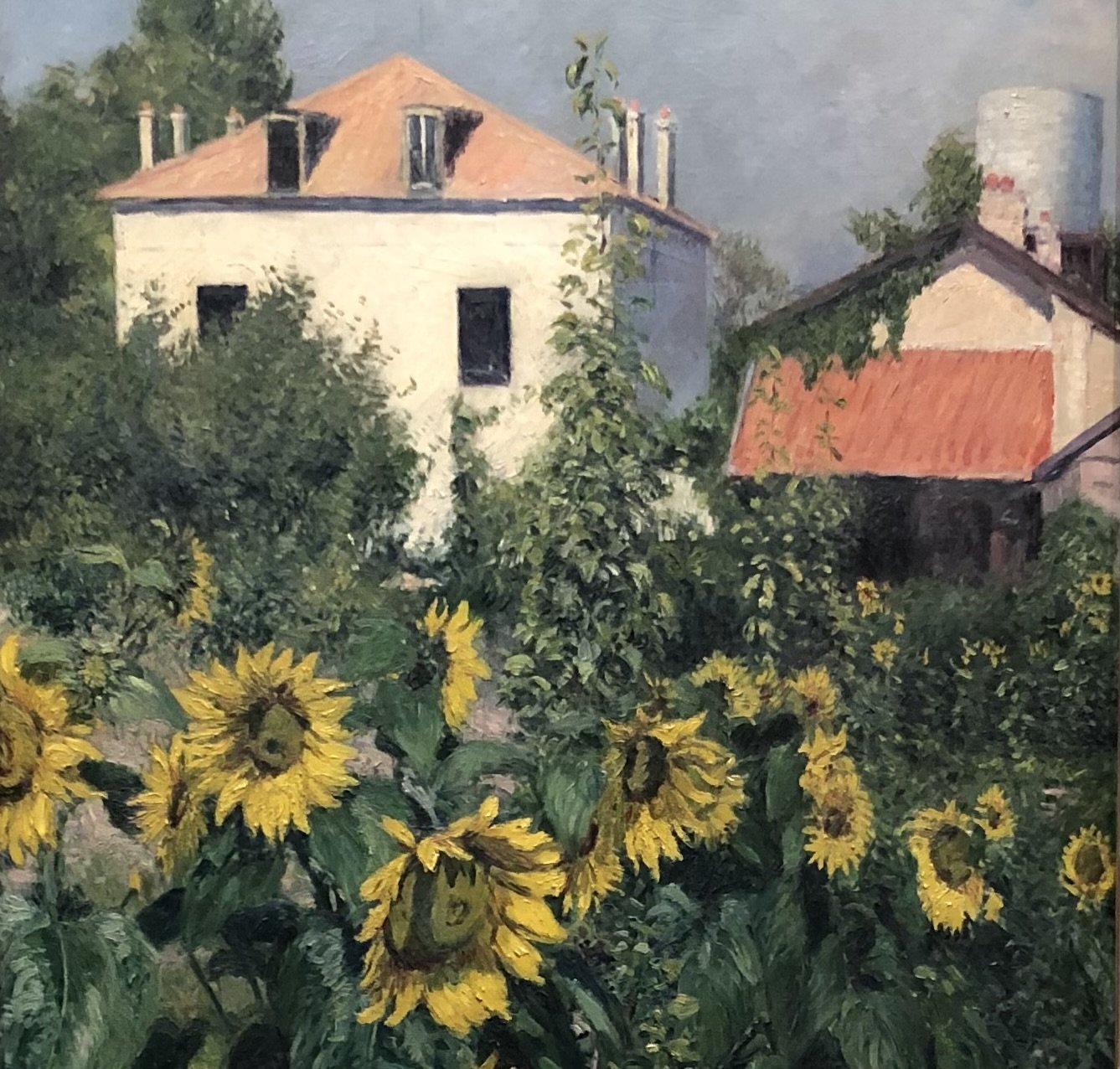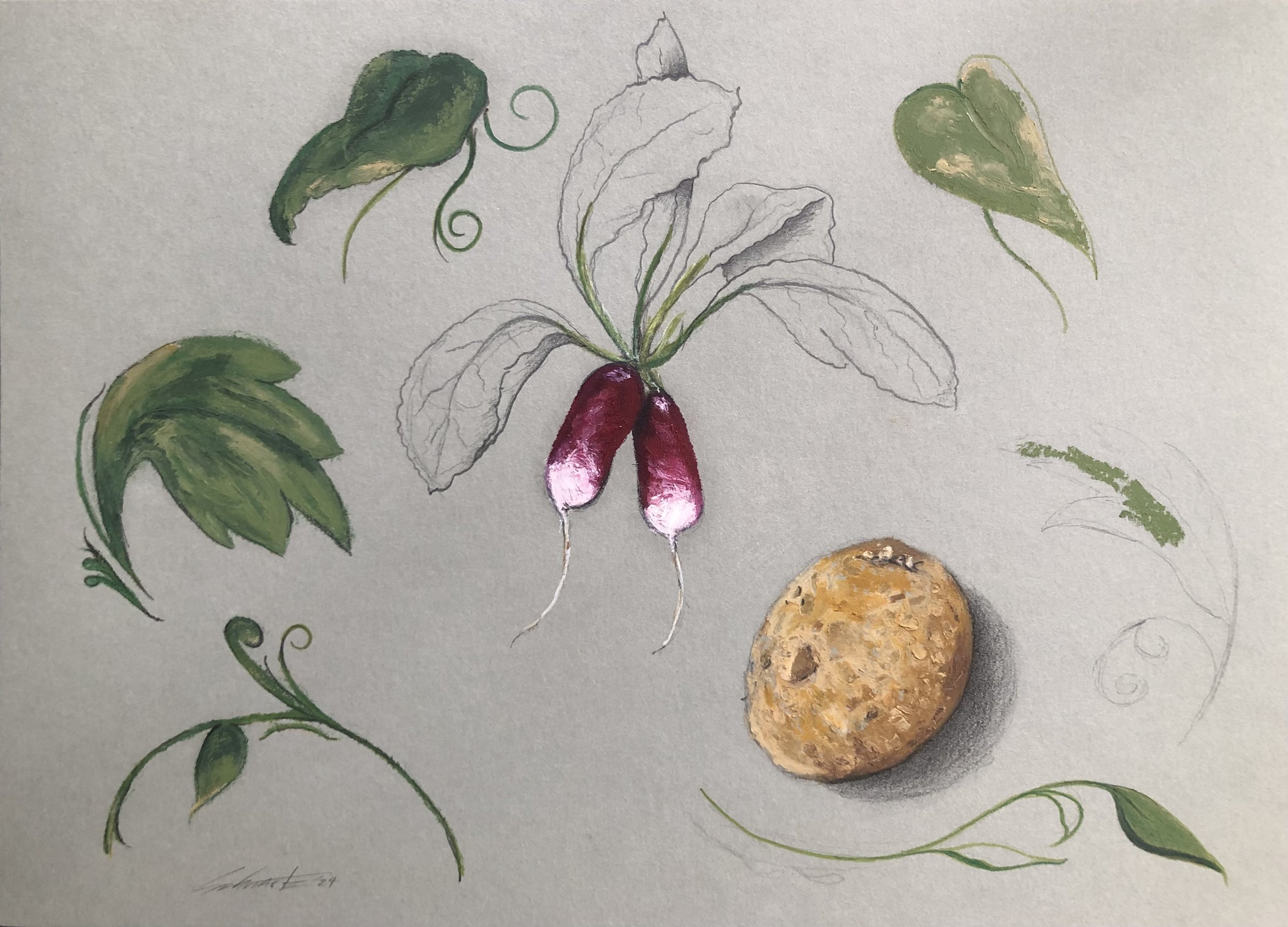
The Search Continues
It has been over a year since we began searching through listings and researching different regions of France, hunting for a shabby but charming countryside home. Something in need of love, but not too far gone.
We have pored over countless listings and gone on several home tours. We’ve even made an offer or two. Along the way we’ve learned some valuable lessons. Our criteria--and our list of questions--has grown longer and more detailed.

A Label Worth the Coffee
A label seems so small. It's just a slip of paper riding on the side of a bag. But for me it carries the whole promise of the project. It has to tell our story in a single glance: hand‑craft, contrast, quiet curiosity. It also has to survive the inglorious journey from roastery to countertop without bleeding, smudging, or costing more than the coffee inside.
A few months ago I told myself, half‑jokingly, that I would try lino‑printing again—something I hadn’t touched since high‑school art class. That same evening, on the way to dinner, I passed a shop that sells nothing but professional lino supplies. Serendipity yanked me off course. I rearranged my roasting schedule, squeezed through their door the next morning, and spent an hour with a lino artist who spoke about gouges and brayers the way farmers speak about weather. When I explained our coffee project he nodded and said, almost off‑hand, “Why not make paper from your old jute sacks?”

A Local Table, A Global Conversation
"Don’t ask me how this scales. Ask me how this spreads." — Dan Barber
Not long ago, every fine‑dining menu was judged by the same yardstick: How close could the chef land to the canonical duck confit, the flawless bouillabaisse, the perfect coq au vin? Today, we arrive at restaurants with a completely different hunger. We don’t want the same dish executed immaculately. We want a dish that could only have been imagined here, on this soil, by these hands.
Coffee, oddly, still lives in yesterday’s dining room. We slip into a new café, puff up our critical feathers, and decree, “I shall judge thee by the merit of thy flat white! …Ooh and may I have a cookie, too?” In response, most specialty coffee bars around the world have converged on a single, safe template: same gear, same drinks, same pale pastries, delivered with the same earnest smile.
Which leaves us with the same restless question the restaurant world faced a decade ago: What’s next?

Digging Deeper
When I was little, maybe six or eight, we lived in a modest suburban house with a backyard that felt impossibly large. Huge trees lined either side, and the far end touched the land of a local animal doctor, so occasionally a lost duckling would wander up to our door.
It was there, with my mom, that I first began gardening.

A Pallet and a Plan
Our project may still be on paper, but it’s important to go through what a typical day could look like. This will give us a clearer picture, help us to avoid potential problems, and see aspects of it that we hadn’t yet considered.
Coffee delivery day. The truck pulls up.
“Bonjour monsieur, vous allez bien?”
The driver waves as we unload sacks of green coffee, the smell of jute mingling with damp stone and the hum of our little electric mini-truck. It’s a bit beat-up but it gets the job done.
This is how it starts. Not with fanfare, but with a pallet and a plan.

Fertile Ground: The Invisible Garden of Workflow
Let's talk about workflow. In a coffee space—especially one centered on intentionality—workflow might be the most crucial element behind the scenes, without which nothing in front of the scenes would flow at all.
I've come to see prepping a workflow as gardening. The gardener knows that what appears above soil—the vibrant blooms, the fruit-laden branches—depends entirely on what happens beneath the surface. A gardener dedicates 90% of their effort to soil preparation, understanding that this invisible work determines everything that follows. Similarly, planning a coffee shop's workflow carries exponentially more importance than simply arranging equipment.